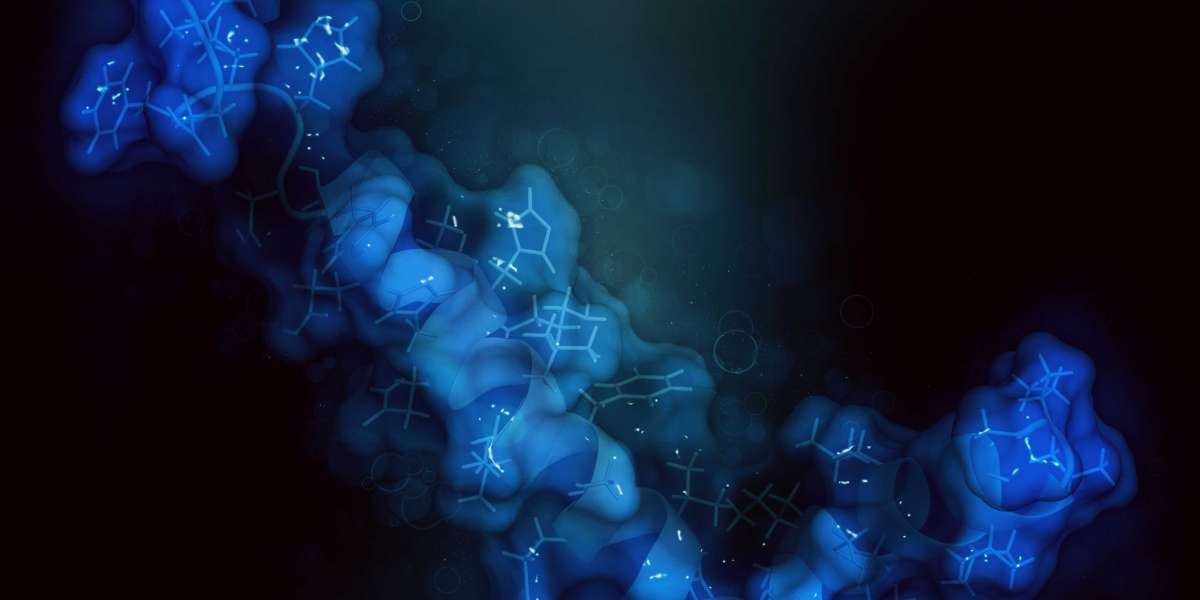Electrophysiology has long been a cornerstone in the study of cellular function, providing insights into the electrical properties and behaviors of neurons and other excitable cells. Among the myriad of tools available for this purpose, patch-clamp techniques stand out due to their unparalleled resolution and versatility in recording ionic currents from individual ion channels. By employing various recording configurations—whole-cell, perforated-patch, cell-attached, and outside-out—researchers can delve deeper into the intricate functions of ion channels, paving the way for breakthroughs in drug discovery and understanding cellular mechanisms.
The Importance of Ion Channels
Ion channels are integral membrane proteins that facilitate the movement of ions across the cell membrane. These channels play crucial roles in a myriad of physiological processes, including muscle contraction, neurotransmitter release, and setting the resting membrane potential. Given their significance, understanding ion channel behavior under various conditions is essential for developing targeted therapies for numerous diseases, including cardiac arrhythmias, epilepsy, and neuropathic pain.
Patch-Clamp Techniques: A Closer Look
- Whole-Cell Recording
Whole-cell patch-clamp recording is one of the most widely used configurations, allowing for the measurement of ionic currents across the entire cell membrane. By using a glass pipette to form a tight seal with the cell membrane and then rupturing it, researchers gain access to the intracellular environment, enabling them to manipulate the internal ionic composition and voltage levels. This configuration is particularly valuable for studying the overall electrical properties of a cell and observing channel behavior in response to different stimuli.
- Perforated-Patch Recording
Perforated-patch techniques provide a unique advantage by allowing for the recording of ionic currents while maintaining the cell’s intracellular environment relatively intact. This approach utilizes a pipette filled with a solution containing ionophore compounds, which creates small holes in the membrane but prevents the washout of crucial intracellular substances. Perforated-patch recording is especially useful in studies where preserving the physiological state of the cell is vital, such as examining signaling pathways and protein interactions.
- Cell-Attached Recording
The cell-attached configuration involves forming a gigaseal between the pipette and a patch of the cell membrane, which contains one or several ion channels. This technique allows researchers to study the properties of individual channels without altering the cell’s intracellular environment. By investigating how these channels respond to various pharmacological agents, scientists can gain insights into their functional roles and potential therapeutic targets.
- Outside-Out Recording
Outside-out patch-clamp recording involves pulling a piece of membrane away from the cell while maintaining a seal with the pipette. This method exposes the extracellular side of the membrane, enabling the study of ion channels in a controlled environment without the complexities of cellular interactions. This technique is particularly beneficial for investigating the pharmacological effects of drugs on ion channels, as it allows for the direct application of compounds to the external surface of individual channels.
Applications in Ion Channel Screening
The high-resolution capabilities of patch-clamp techniques make them instrumental in the ion channel screening process. By accurately recording the activity of specific channels in response to various compounds, researchers can evaluate the effects of potential drugs, identify lead molecules, and refine drug candidates before advancing to clinical trials. The flexibility of the patch-clamp method enables it to accommodate high-throughput screening approaches, making it a valuable tool in pharmacology and drug development.
Conclusion
Patch-clamp techniques, with their diverse recording configurations, serve as a powerful platform for exploring the complex world of ion channels. By providing the highest resolution for electrophysiological recordings, they enable researchers to understand channel dynamics at a granular level. As we continue to unlock the intricacies of ion channel physiology, these techniques will play an essential role in advancing our knowledge and informing the development of novel therapeutic interventions. The future of electrophysiology is bright, with patch-clamp techniques leading the charge toward groundbreaking discoveries in cellular and molecular biology.






